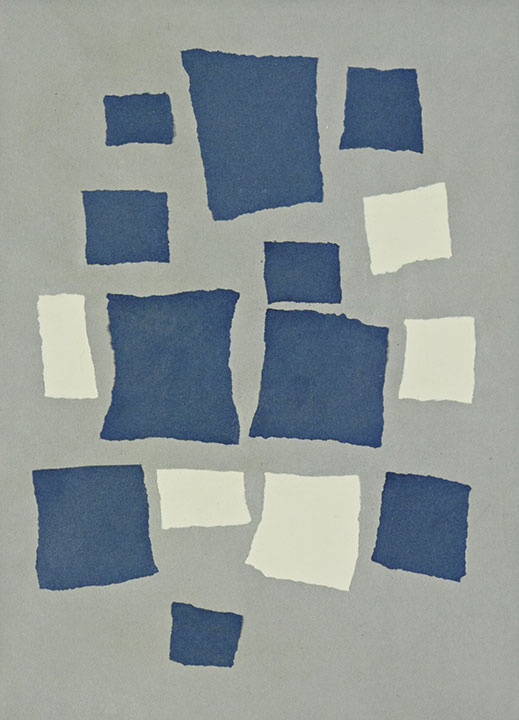The Metaphysics of Sound: Meta Tones

Since the beginnings of recorded sound in the late 19th century, technology has enabled people to rearrange the normal listening experience. With the advent of easily editable magnetic tape in the 1940s and 1950s and the subsequent development of multitrack recording, such alterations became more common. In those decades the experimental genre of musique concrète used tape manipulation to create sound compositions. Less artistically lofty edits produced medleys or novelty recordings of various types. In the 1950s, painter and writer Brion Gysin accidentally developed the cut-up method. He had placed layers of newspapers as a mat to protect a tabletop from being scratched while he cut papers with a razor blade. Upon cutting through the newspapers, Gysin noticed that the sliced layers offered interesting juxtapositions of text and image.
He began deliberately cutting newspaper articles into sections, which he randomly rearranged. The book “Minutes to Go” resulted from his initial cut-up experiment: unedited and unchanged cut-ups which emerged as coherent and meaningful prose. South African poet Sinclair Beiles also used this technique and co-authored Minutes To Go. Gysin introduced Burroughs to the technique at the Beat Hotel. The pair later applied the technique to printed media and audio recordings in an effort to decode the material’s implicit content, hypothesizing that such a technique could be used to discover the true meaning of a given text.
Creating according to the Law of Chance

Jean Arp and other Dada artists embraced chance as a tool for liberating creativity from rational thought. An account by his friend and fellow artist Hans Richter describes how Arp created the “Chance Collages” like this one. Frustrated with a drawing he had been working on for some time, Arp finally tore it up and let the pieces flutter to the floor of his studio. Sometime later he happened to notice these same scraps of paper as they lay on the floor and was struck by the pattern they formed. It had all the expressive power that he had tried in vain to achieve.
Chance movements of his hand and the fluttering scraps of paper had achieved what all his efforts had failed to achieve, namely expression. He accepted this challenge from chance as a decision of fate and carefully pasted the scraps down in the pattern which chance had determined. To remove his artistic intervention even further, Arp sometimes used a paper cutter to cut the squares rather than tearing them by hand. While chance was undoubtedly the point of departure for this and other works in the series According to the Laws of Chance, the relatively ordered appearance of Arp’s collages suggest he did not fully relinquish control.
Illustration: Jean (Hans) Arp
Untitled (Collage with Squares Arranged according to the Law of Chance)-1916–17
Deconstructing Beethoven
9 Beet Stretch, by Scandinavian sound artist Leif Inge, is a piece of idea-based sound art made of Beethoven’s Ninth Symphony. The source recording, a Naxos recording conducted by Béla Drahos with the Nicolaus Esterházy Sinfonia and Chorus (Naxos 8.553478), was stretched digitally to a duration of 24 hours with no distortion or pitch shifting. The work is presented as a 24-hour-long sound installation/electroacoustic concert. The initial realization of 9 Beet Stretch was done in 2002 at NOTAM (Norwegian network for Technology, Acoustics, and Music) by Anders Vinjar, Kjetil Matheussen, Leif Inge, and Bjarne Kvinnesland.
Granulation divides the sound into short enveloped grains and reproduces them in high densities ranging from several hundred to several thousand grains per second. Slicing the input file into short pieces then overlapping these slices to lengthen (or shorten) the result allows a change in the speed at which things happen in a recorded sound without changing the pitches. The ratio of augmentation reaches 24 hours will vary depending on which source recording is used. The sources range from 64′ to 78′, giving a ratio somewhere in the range of 19 – 23 times.

